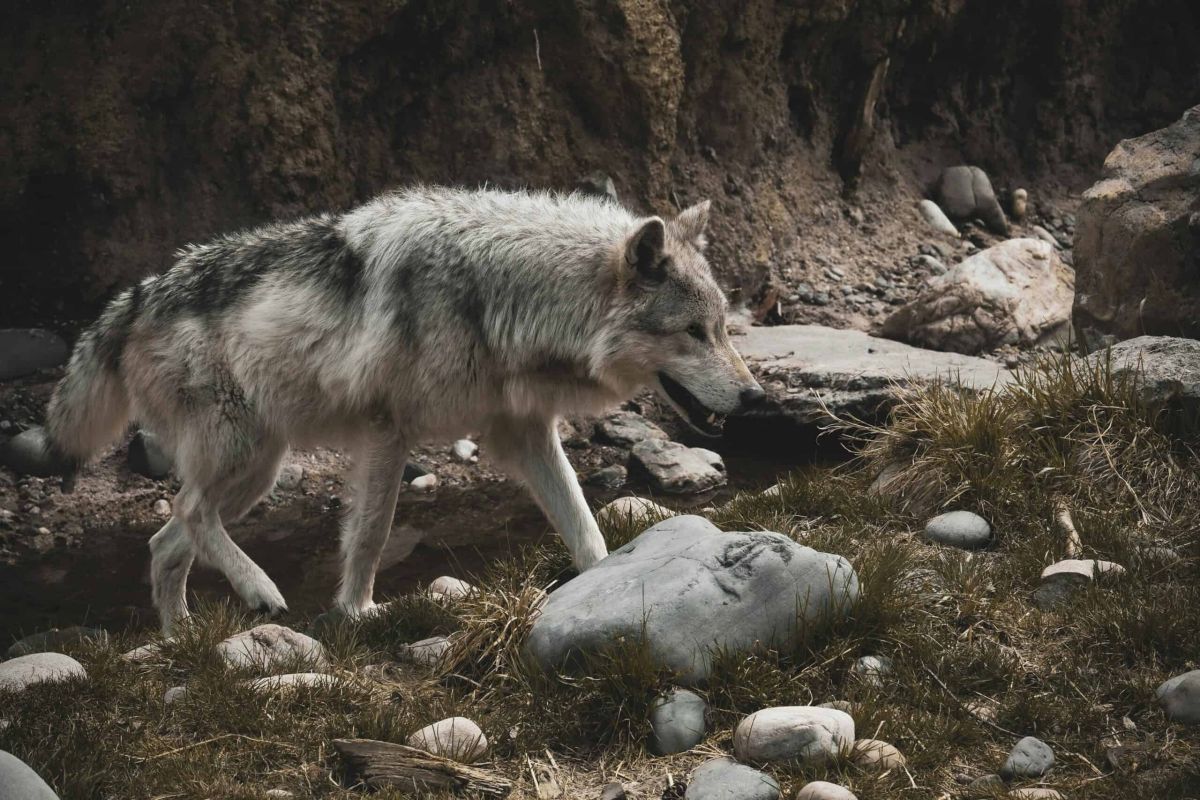Wolves in Yellowstone: A Keystone Species

Wolves are often revered as powerful symbols of the wild, embodying both the beauty and brutality of nature. In Yellowstone National Park, their presence serves a pivotal role in maintaining the delicate balance of the ecosystem, illustrating the profound importance of biodiversity. Understanding the ecological significance of wolves in Yellowstone offers insights into wildlife management, conservation, and the interconnectedness of all living organisms.
The Return of the Wolf: A Historical Perspective
Wolves were once abundant across the North American continent, including in Yellowstone. However, by the early 20th century, they were eradicated from the park due to hunting and government-sponsored extermination efforts aimed at protecting livestock. This absence significantly altered the park’s ecological dynamics, initiating a cascade of effects that would ultimately necessitate the reintroduction of wolves in 1995.
Wolves as a Keystone Species
Wolves in Yellowstone exemplify what ecologists refer to as a “keystone species.” This term describes organisms that have a disproportionately large impact on their environment relative to their abundance. The reintroduction of wolves has showcased how their predation patterns contribute to the health of the ecosystem.
Regulating Herbivore Populations
One of the most significant impacts of wolves in Yellowstone has been on the populations of large herbivores, particularly elk. In the absence of natural predators, elk populations surged, leading to overgrazing and degradation of vegetation, particularly in riparian zones—the areas adjacent to rivers and streams. The presence of wolves curbed excessive elk numbers and altered their grazing behavior. With fewer elk and a shift in their foraging patterns, vegetation has been able to regenerate, fostering the revival of diverse flora and providing crucial habitats for other species.
Enhancing Biodiversity
The improved health of the park’s vegetation not only benefits plant communities but also promotes biodiversity. Thriving flora supports a myriad of other species, including small mammals, birds, and insects, thus enriching the overall ecosystem. For example, the resurgence of willows and aspens along waterways has restored habitats for beavers, which in turn create wetland environments that benefit various aquatic species.
The Trophic Cascade Effect
The dynamics observed in Yellowstone illustrate a classic example of a trophic cascade, a concept in ecology describing how changes at the top of the food chain can ripple through an ecosystem. The reintroduction of wolves has led to healthier plant communities, which directly impacts soil quality, water systems, and other wildlife populations. The balance introduced by wolf predation has demonstrated how crucial each species is to sustaining ecological harmony.
Cultural Significance and Conservation
Beyond their ecological role, wolves hold significant cultural importance for many Indigenous peoples and local communities. They are often viewed as powerful symbols of wilderness, as well as integral components of local folklore and spirituality. The successful reintroduction of wolves in Yellowstone has not only restored ecological balance but also ignited discussions about wildlife conservation, ecological integrity, and the relationship between humans and nature.
Challenges and Future Considerations
Despite the successes linked with wolf reintroduction, challenges remain. Managing wolf populations continues to be a contentious issue among ranchers, hunters, and conservationists. Ensuring a balanced coexistence between wolves and human interests is essential for the future of Yellowstone’s ecosystem. As climate change and human development pressure continue to impact wildlife habitats, ongoing research, monitoring, and community engagement will be pivotal in maintaining the delicate equilibrium of life in Yellowstone.
Conclusion
Wolves are not just predators; they are a critical component of Yellowstone’s ecological framework. Their role as a keystone species illustrates the complexities of nature, emphasizing the interconnectedness of all living entities. The ongoing story of wolves in Yellowstone serves as a powerful reminder of the importance of preserving natural ecosystems, safeguarding biodiversity, and respecting the intricate relationships that define our world. With continued commitment to conservation and coexistence, we can ensure that the howl of the wolf remains an indelible sound of the wild.



